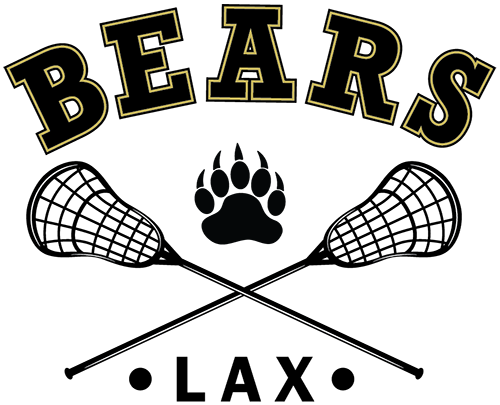Boys & Girls Positions
Boys Field Positions
Attack (3 per team):
Attackmen generally stay on the offensive half of the field and are often referred to as the quarterbacks of the offense. They have excellent stick skills with both hands.
Midfielders (3 per team):
The work horses of the team. Midfielders play both offense and defense. Endurance, stick work and athleticism are key attributes.
Defense (3 per team):
Defensemen first and foremost defend their goal. They also participate in the clearing game. Good footwork, communication and stick skills are important.
Goalie (1 per team):
The last line of defense. A goalie is the leader of the defense and should direct the other players while protecting the goal from opponents shots. Good body position, hand eye coordination and communication skills are needed.
Speciality Positions
- FOGO:A player who takes the Faceoff and then Gets Off the field.
- SSDM:Short Stick Defensive Midfielders specialize in playing defense.
- LSM:The Long Stick Midfielder uses a long stick and replaces one regularmidfielder when his team goes on defense
Girls Field Positions
Goalie
The primary role of this position is keeping balls out of the net. A goalie must be quick on her feet and willing to go after loose balls around the crease area. The more confident your goalie is, the more effective she'll be at turning away the different types of shots she'll face.
Point
After the goaltender position, point is the most defensive-oriented position on the field. The player handling this position works closely with the goalie, communicating what the opponent is doing and orchestrating where players need to be on the field to counter the attack.
Your point player must be a good communicator to help prevent defensive breakdowns from occurring. Because the point player doesn't stray far from the net, she's often in position to intercept passes to the middle of the field while defending an attack.
Cover point
This player's main task is to cover the opposition's second home. Good footwork is an asset for excelling in this position because the player must stick with the opponent to deny passes and shots on goal.
The cover point player is also relied on to make clearing passes, so she must be proficient at catching passes from the goalie and quickly turning upfield to look for teammates who can receive the ball.
Third player
This player's key responsibility is covering the opposing team's third home. Important attributes for doing well in this position are good reflexes, the ability to read the opponent's attack, and the ability to jump into the passing lanes to intercept balls.
Left and right defensive wings
These positions require substantial running, as the players' primary responsibility is to guard the opponent's left and right attack wings.
Center
This position is a magnet of activity on both offense and defense. Because the position requires strong play both with and without the ball, as well as a variety of other skills, the team's best player usually handles this position.
The center patrols the middle of the field. When her team has control of the ball, she looks to step up into the action, where she can feed the ball to the first, second, and third home players. When her team is on defense, she retreats to her team's defensive half of the field, providing coverage against the opponent's center, disrupting the passing lanes, and looking to intercept balls delivered by the attack wings.
Left and right attack wings
These positions cover a lot of territory as the players carry out supportive roles at the offensive end of the field — most notably, feeding the ball to the players manning the first, second, and third home positions. They also must hustle back on defense to help out the left and right defensive wings.
Third home
A team's offensive prowess is enhanced whenever its third home player is an efficient passer. She can feed the ball to the first and second home players, as well as the right and left attack wings. She also takes shots on goal when scoring opportunities arise and creates openings for herself to shoot or pass.
Second home
This position is similar to the point guard position in basketball, because the second home orchestrates the offense and makes the passes that help the offense run smoothly and effectively. In lacrosse, this player should be an excellent ball handler, because she'll likely have the ball on her stick more than most of the other players.
The offense will be more difficult to defend if the second home player is a threat to score goals, too.
First home
This position represents the most offensive play on the lacrosse field. The first home's main responsibilities are to score goals and to deliver accurate passes to teammates who are in scoring position.
To excel in this position, a youngster must be quick and have sound ball-control skills.
